|
by Glenn C. Koenig, webmaster at Town Wide Mall Grindavik, ICELAND - You might think I’m crazy, but last Saturday, I waded into a small lake of wastewater from a power plant and soaked in it for awhile. And I had plenty of company! There were literally a few hundred other people doing exactly the same thing that morning. The water had a bluish white appearance. As I stood upright, (it was only about four and a half feet deep), I put my hand down a few inches from the surface and could no longer see it, it was so opaque.
To build it, a few decades ago, they drilled wells down into the volcanic rock in the area, then added pipes to carry the hot water into the facility. They now use it to boil fresh water in other pipes (via heat exchangers), thus making steam to drive turbines, which then run generators to make electricity. As the water from below the rocks cannot be put back into the ground, it is allowed to cool out in the open, down to a temperature of approximately 37 - 39 °C (or 99 - 102 °F) , after which it flows into the lagoon. This is no small operation. You can find more here: https://en.wikipedia.org/wiki/Blue_Lagoon_(geothermal_spa) Now, what does this have to do with Maynard, you might ask, aside from the fact that I live here and landed back at Logan Airport that very same evening? Well, I’ve always surmised that in order to get a better perspective on where you live, try traveling to somewhere else. Now, of course, not everyone can afford to fly to Iceland, so I’m lucky to have had the opportunity. I’m certainly not going to delve into everything I did there, but my experience left me thinking about some differences between our way of life, and the concerns we have living here, as compared to there.
• On average, it rains or snows approximately 200 days per year, with a climate that is typically cloudier, windier, and cooler than it is here. As a result, there is almost never a need for air conditioning.
• Frequent winds across Iceland mean that there is almost no air pollution as the air is constantly renewed by breezes from the ocean that surrounds it. Recently, as we have experienced here in Maynard, our air quality is subject to change without notice, based on the increasing incidence of wildfires in North America, among other factors.
However, if you think it would be great to live there, you might want to consider the following: • Many foods must be imported into Iceland, so food shopping or buying prepared meals is often more expensive than it is here in North America. There are plenty of sheep, cows, and fish, there, but very few vegetables or fruit can be grown locally in the very short growing season.
• Although there are plenty of places to visit outside the cities, getting to many of them involves taking long trips in a car or on a tour bus (we chose to rent a car because we wanted a more flexible schedule).
Taking all that into consideration, we had a great time and I’m glad we went. It’s true that flying there (about 5 hours) does use jet fuel (a fossil fuel source). I realize that, like anything else, “moderation in all things,” is a good principle when considering air travel. It is relatively easy to just book it and go, but to me, it makes sense to remain aware of our environmental impact. After all, before 1914 there was no commercial air travel. By 2019, just over 100 years later, an average of 2.8 million passengers fly every day!
2 Comments
Bronwen Wirta
6/29/2023 11:20:01 pm
Thanks for your observations! And for the good work you do.
Reply
Mary Rosenfeld
6/30/2023 11:08:54 pm
Interesting energy comparison! Curious also how you and Cathy enjoyed the beauty and wildness of the landscape!
Reply
Leave a Reply. |
AuthorWrite something about yourself. No need to be fancy, just an overview. Archives
June 2024
Categories |
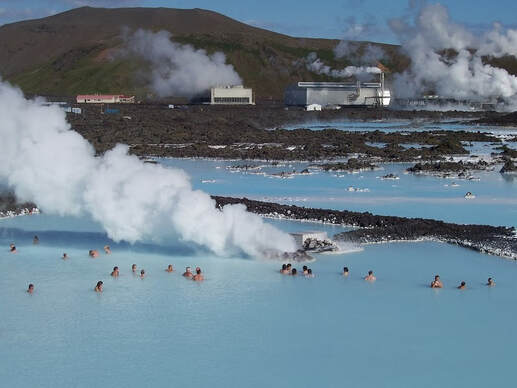
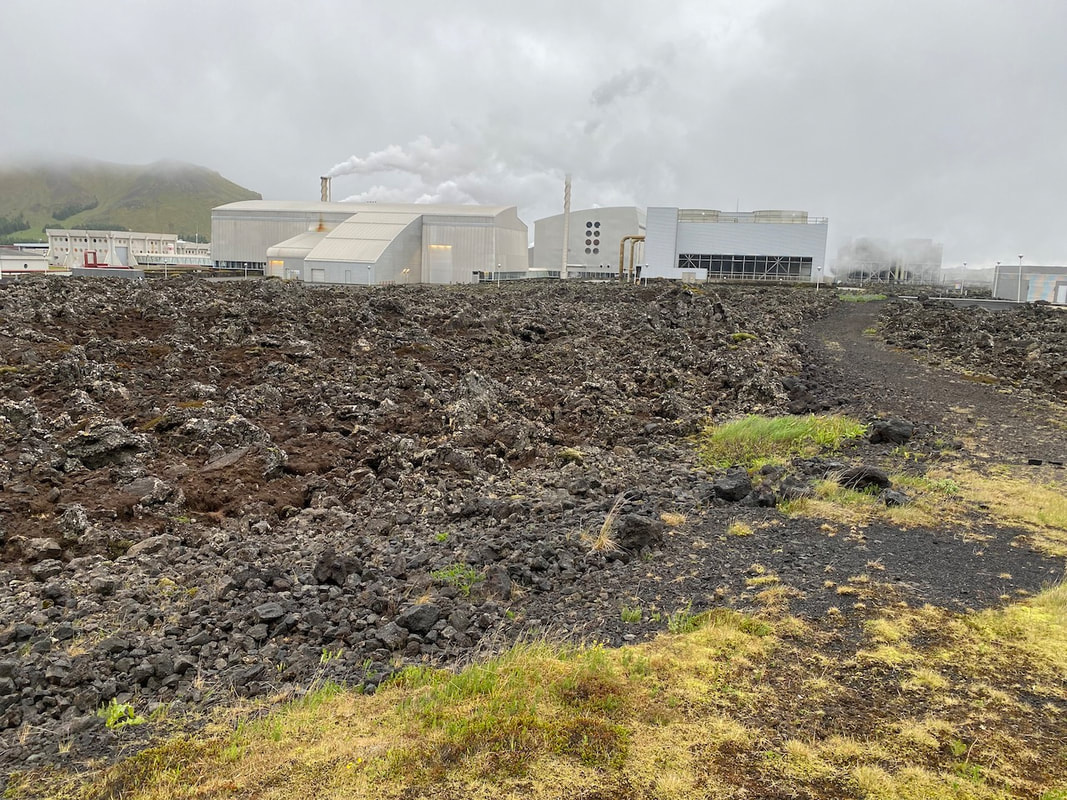
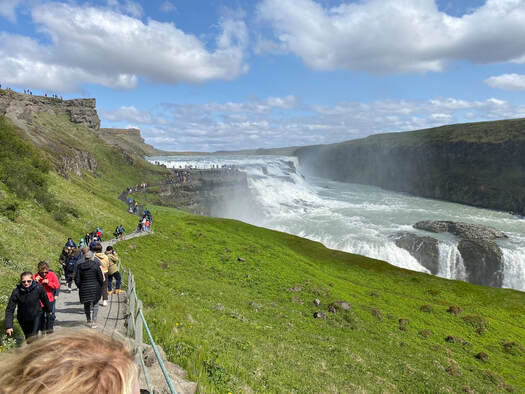
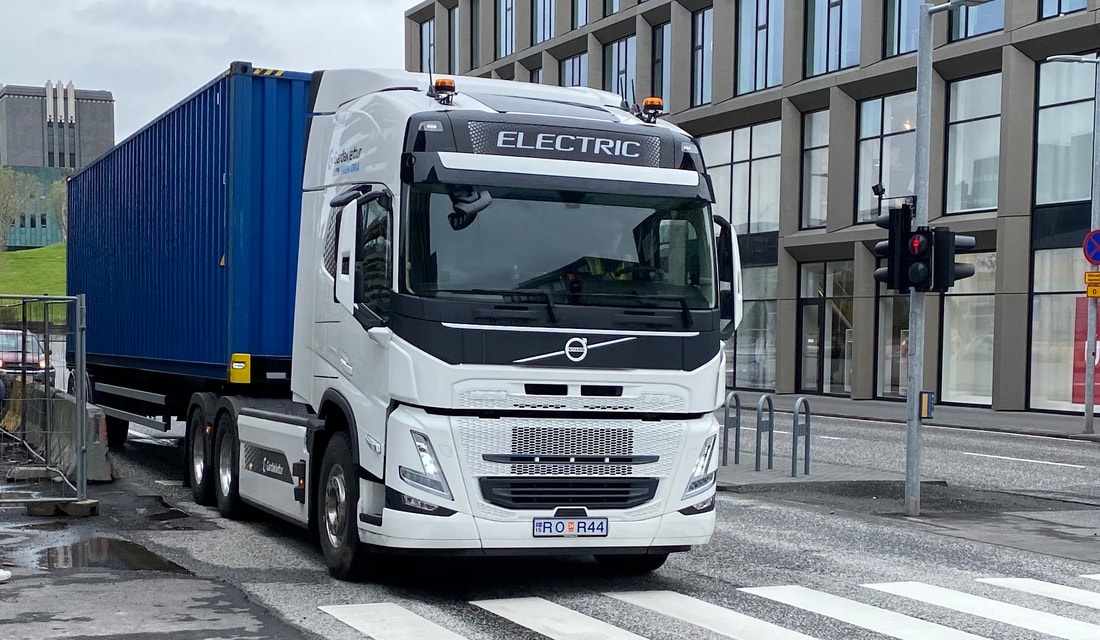
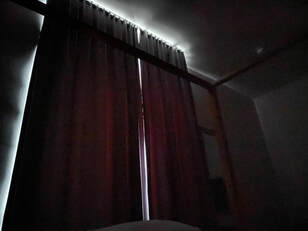
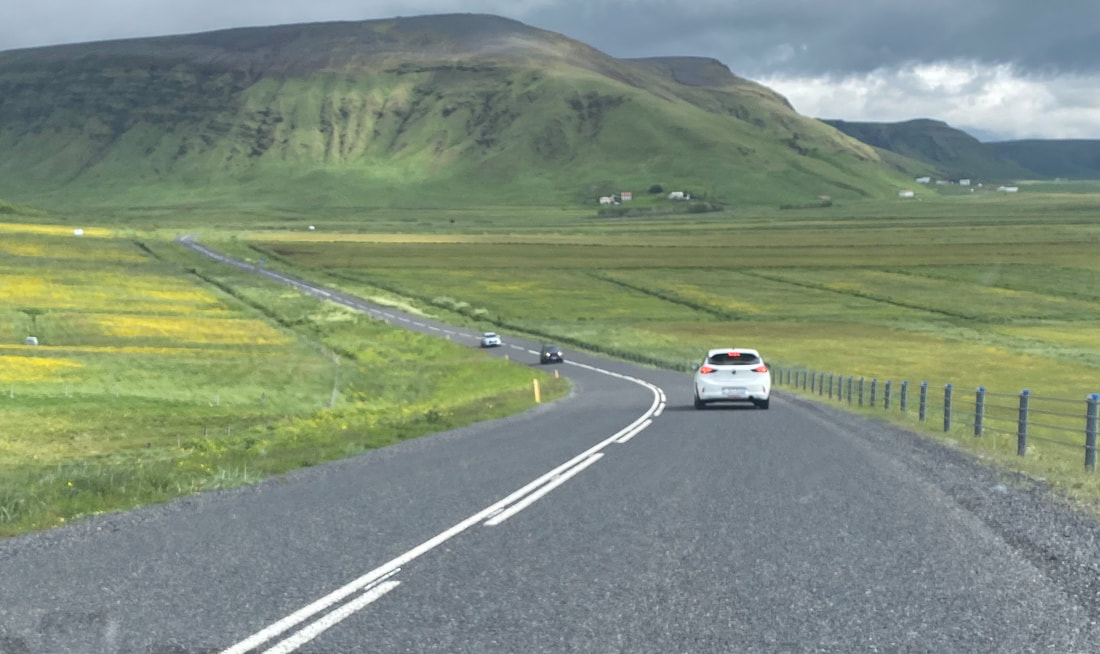
 RSS Feed
RSS Feed